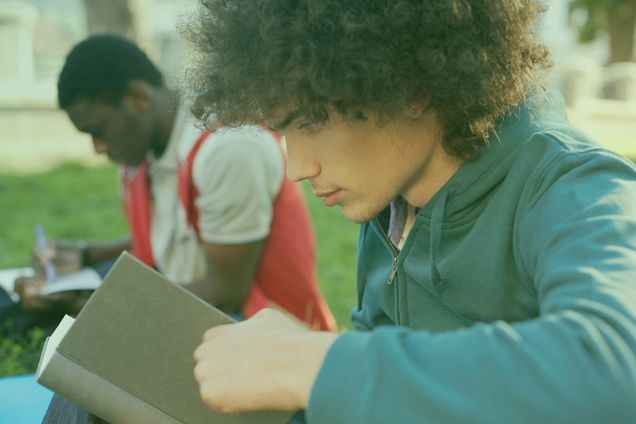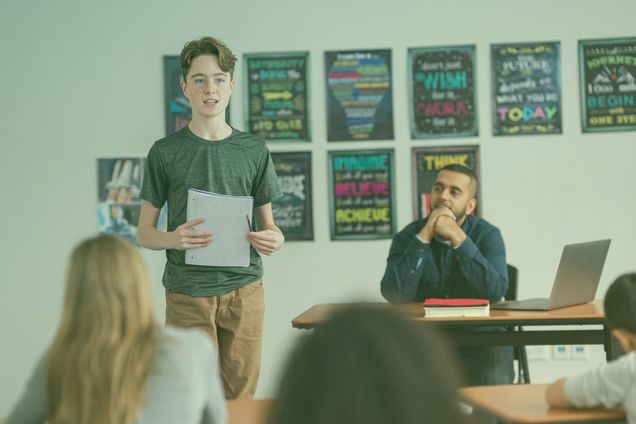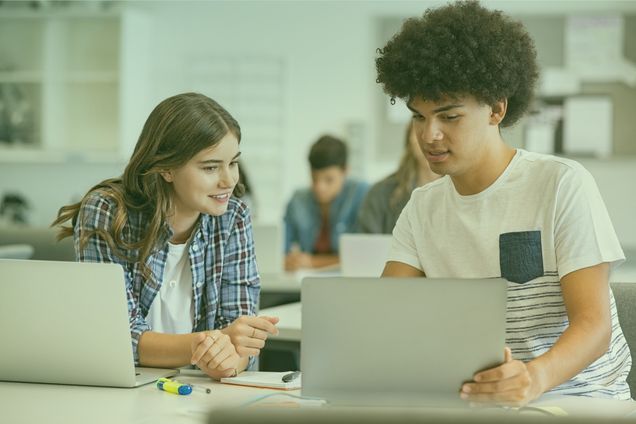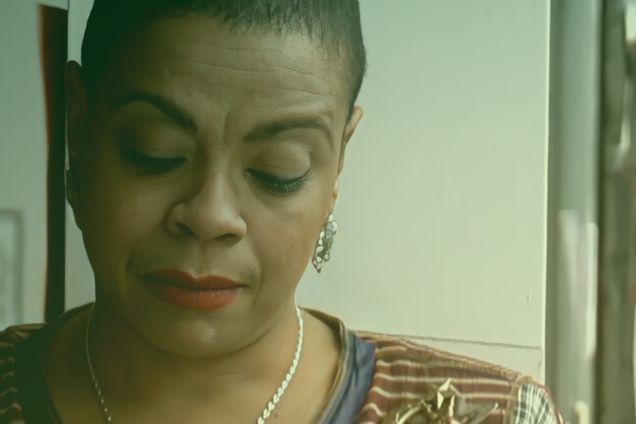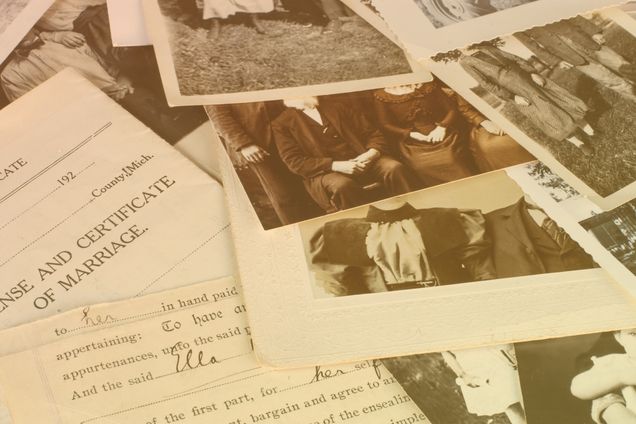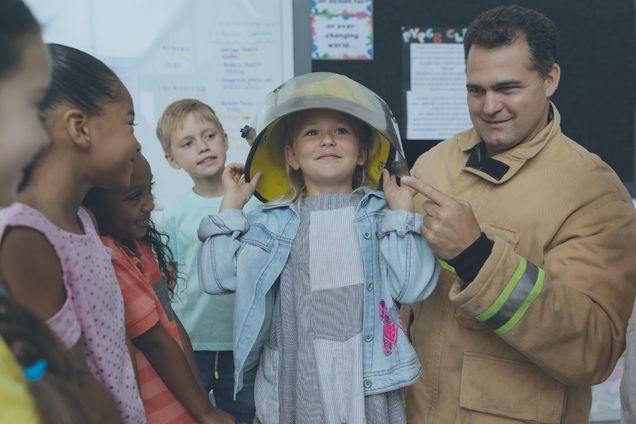Classroom Resources
High School and College Lesson Plans
Middle School Lesson Plans
Elementary School Lesson Plans
The Favorite Poem Project seeks to improve poetry’s place in American classrooms by encouraging active, engaging poetry lessons that emphasize a direct, vocal connection to poems. These lessons were developed by teachers as part of their participation in the Favorite Poem Project K-12 Summer Poetry Institute hosted annually for over a decade by Boston University.
In keeping with the goals of the Favorite Poem Project, the lessons presented here focus on appreciating poetry—reading, discussing, and enjoying poems—rather than on the writing of original poetry. Several of the lessons emphasize pleasure in the words and sounds of poems as a place to begin—reminding students that poetry is art, and that it is satisfying and exciting to discover a poem that enthralls you and to say it in your own voice. If poetry is first presented in classrooms as something to seek out and enjoy, rather than something to pick apart, label and decipher, students are more likely to become interested in developing a deeper understanding of meaning in poems, in looking more closely at forms, in learning the tools poets use and the terms that identify those tools.
Many of these lessons make use of the Favorite Poem Project video segments available for free on this website. The FPP anthology An Invitation to Poetry is a great addition to these lessons for any poetry educator.
Though the lessons below are organized by grade level, many of them could easily be adapted for students in higher or lower grades.
School Events
Asking students, as the Favorite Poem Project asks people in general, to read poems aloud and say something personal about them demonstrates that those processes can be joyous rather than intimidating or dry. To recite a poem aloud fulfills a natural need, stimulated by the pleasurable, moving experience of the poem.
There are different approaches to organizing a Favorite Poem Project reading, but the goal remains the same: autonomous, individual connection with a work of art, and the ability to communicate that connection by speaking the poem in one’s own voice and by saying something about it in one’s own words.
Favorite Poem Project readings tend to create an atmosphere of respect and attention, as students listen to their peers share poems that mean something to them. The format for a reading within a single classroom is simple: each student reads a poem and says a few sentences about why this particular poem is important as a personal choice. (Our advice is to rule out written statements or notes: the only piece of paper allowed would be the text of the poem itself.) It may seem risky, but our inclination is to allow all sorts of material such as song lyrics, nursery rhymes, or anything that has found its way into print. If the student chooses to start with the words of a silly song—even in a defiant or teasing spirit—the requirement to say something to one’s peers about the importance of the choice can lead to the fulfillment of the educational goal.
For the students’ in-class reading, photocopies can be useful, but there is much to be gained from careful listening, with no text to rely on, and for welcoming the idea that a poem or parts of a poem can be heard over again, the way one plays or sings a favorite song more than once.
The anthology assignment (detailed elsewhere in this guide) is good preparation for a Favorite Poem Project reading, perhaps at the end of the term, with students choosing one poem from their collection to share with the rest of the class. It may be beneficial to have a Favorite Poem Project reading early in the term, and then again toward the end, with students choosing a different poem each time. Perhaps their tastes or interests will have changed over the course of the semester. Another option would be to begin each class with one or two students presenting a favorite poem.
A more ambitious step, beyond an in-class Favorite Poem Project reading, would be to organize an evening event inviting others from the university community to participate—several students, the high school principal or university president, custodial staff, administrators, professors of various subjects, maybe a coach. Another approach would be to extend the reach even further, finding readers from the broader community, the city or town—a mayor or alderman, a grade school student, a radio or TV personality, a doctor or banker or librarian. Students might get involved in tracking down readers and helping put together such an event. Many schools, colleges, and universities have presented events of this kind with wonderful results.
By involving the school community, or reaching out to the broader community, a Favorite Poem Project reading can help build important ties between a school and the community that supports or contains the school. For more information about planning an event that involves the community, visit Host a Reading. These readings demonstrate that poetry is part of life as well as an object for study. They create the opportunity to learn something more about poetry from people who take pleasure in it—not only or primarily scholars or poets, but anyone who loves a poem.
The above is an excerpt from the comprehensive classroom resource for instructors written by Robert Pinsky, Maggie Dietz, Todd Hearon and Jill McDonough that accompanies the textbook edition of the Favorite Poem Project anthology An Invitation to Poetry.
Different from lesson plans for the classroom, these school event ideas can be a wonderful addition to the year, or a great tradition to organize regularly. Below are specific ideas for a variety of school events, designed by teachers who’ve written to us about their successes:
